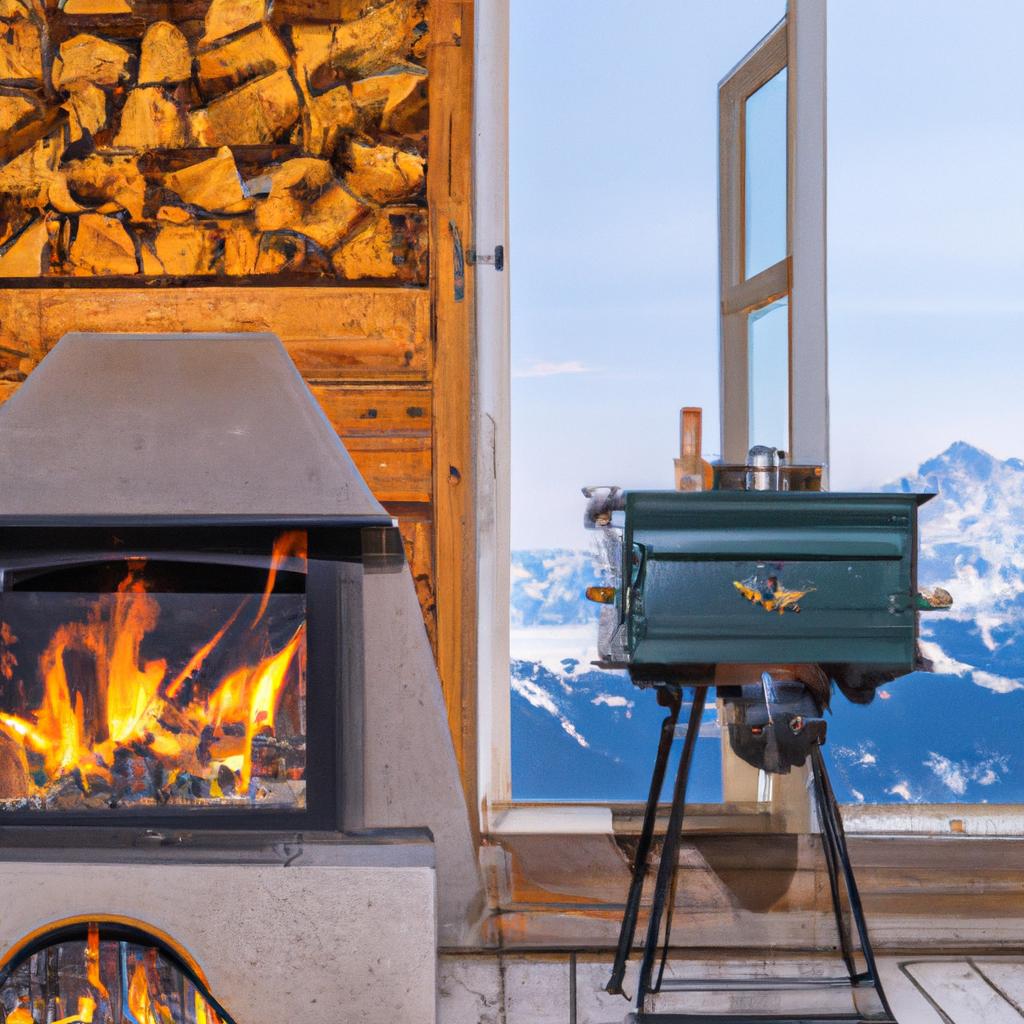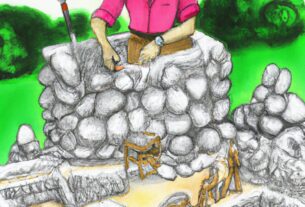If you’re planning a high-altitude adventure, you must consider where you’ll spend the night. Alpine shelters are your key to safety and comfort while exploring the great outdoors. In this article, we’ll cover everything you need to know about alpine shelters, from the types available to the factors to consider when choosing one.
What Are Alpine Shelters?
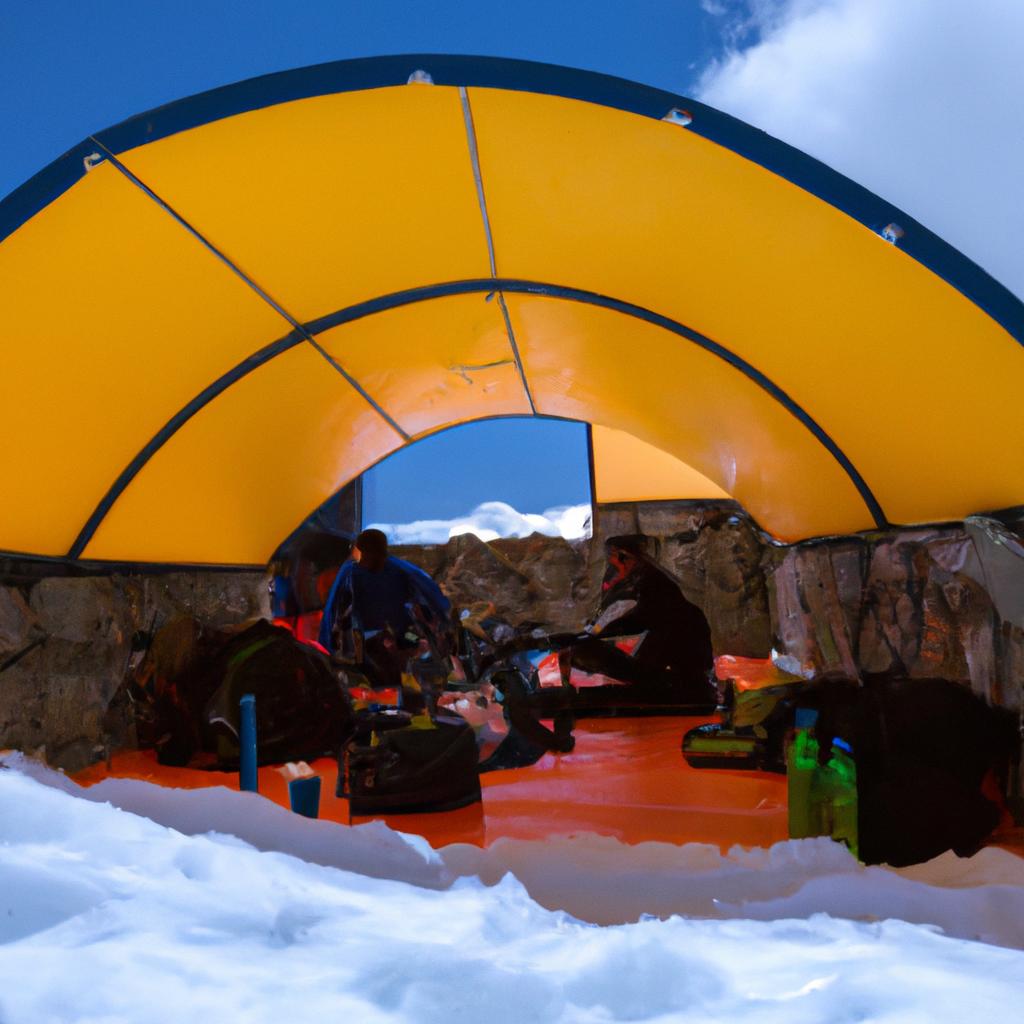
Alpine shelters are structures built in mountainous areas to provide hikers, climbers, and skiers with a safe and comfortable resting or sleeping place. They can range from simple tents to more complex structures like huts and cabins. Designed to withstand harsh weather conditions that come with high altitudes, alpine shelters are typically located near popular trails or ski slopes.
Types of Alpine Shelters
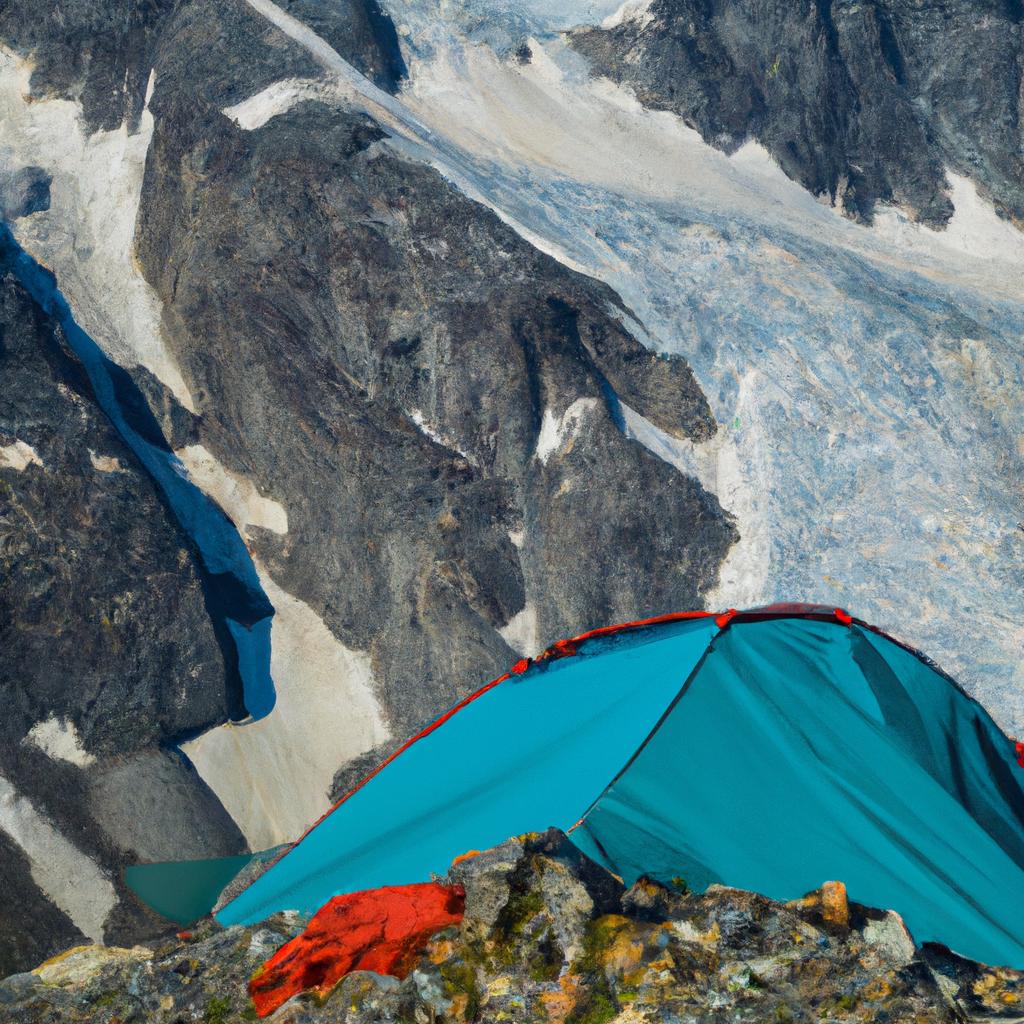
Tents
Tents are the most common type of alpine shelter. They are portable and easy to set up, making them ideal for backpackers and hikers. Modern tents are designed to withstand high winds and heavy snowfall, and they come in various sizes to accommodate solo travelers or larger groups.
Bivouac Shelters
Bivouac shelters, aka “bivvies,” are small and lightweight shelters designed for emergency use or for climbers who need to spend the night on a mountainside. Typically fitting one or two people, these shelters are made from durable materials to withstand harsh weather conditions.
Stay tuned for the next two sections where we’ll cover the factors to consider when choosing alpine shelters, and the importance of proper use and maintenance.
Factors to Consider When Choosing Alpine Shelters
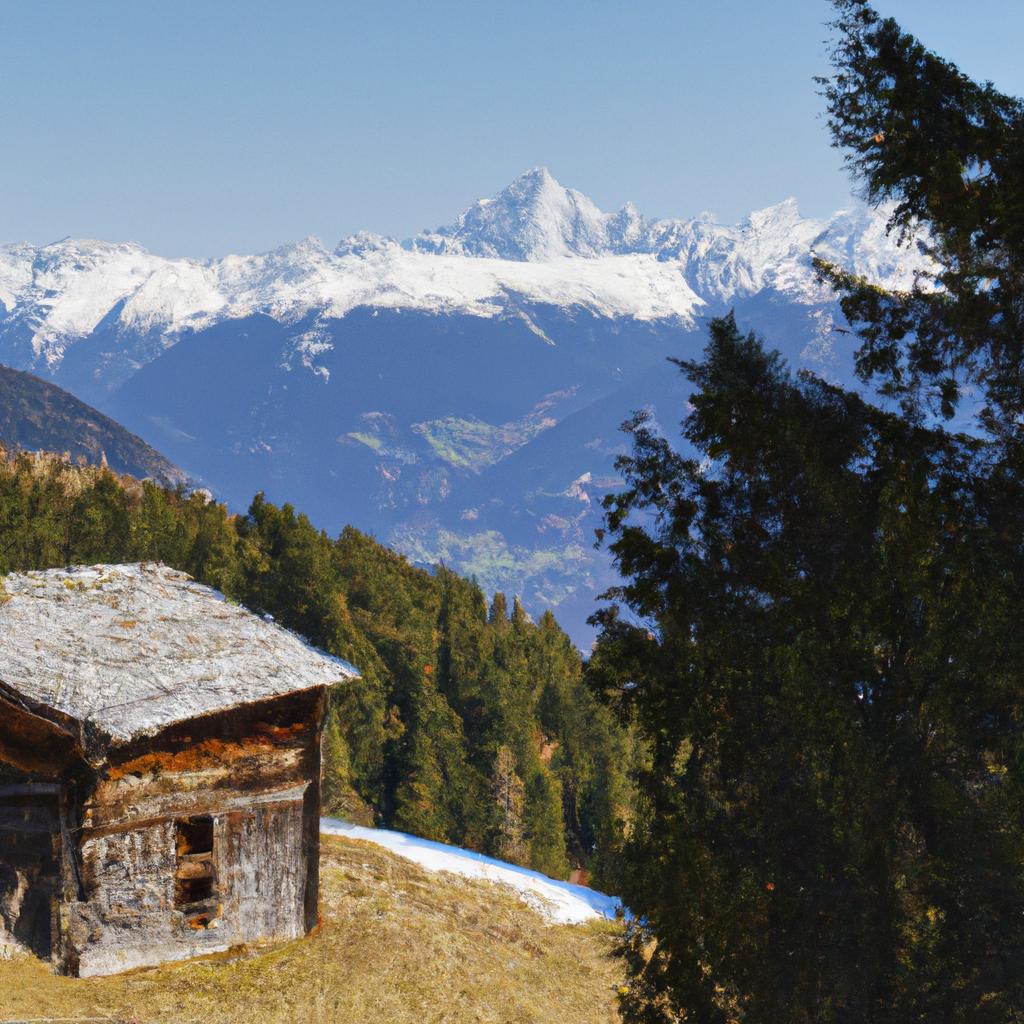
When selecting an alpine shelter, several factors need consideration to ensure the best choice for your needs.
Location and Elevation
The location and elevation of your shelter will influence the type of shelter required. If you’re planning to hike at high altitudes, you’ll need a shelter capable of withstanding strong winds and heavy snowfall. Additionally, your shelter should be near the trailhead or ski slope you intend to explore.
Weather Conditions
Mountain weather can be unpredictable, so it’s essential to choose a shelter that can protect you from the elements. Look for shelters made from durable materials capable of enduring high winds and heavy snowfall. Good ventilation is also vital to prevent condensation buildup and keep you warm and dry.
Group Size and Needs
The size of your group and individual needs will affect the type of shelter required. If you’re traveling with a large group, opt for a larger shelter or multiple smaller shelters. Additionally, if you have specific needs such as mobility issues or medical conditions, choose a shelter that can accommodate those requirements.
Budget
Alpine shelters vary in price, depending on their type and quality. Consider your budget and select a shelter that meets your needs without breaking the bank.
Importance of Proper Use and Maintenance of Alpine Shelters
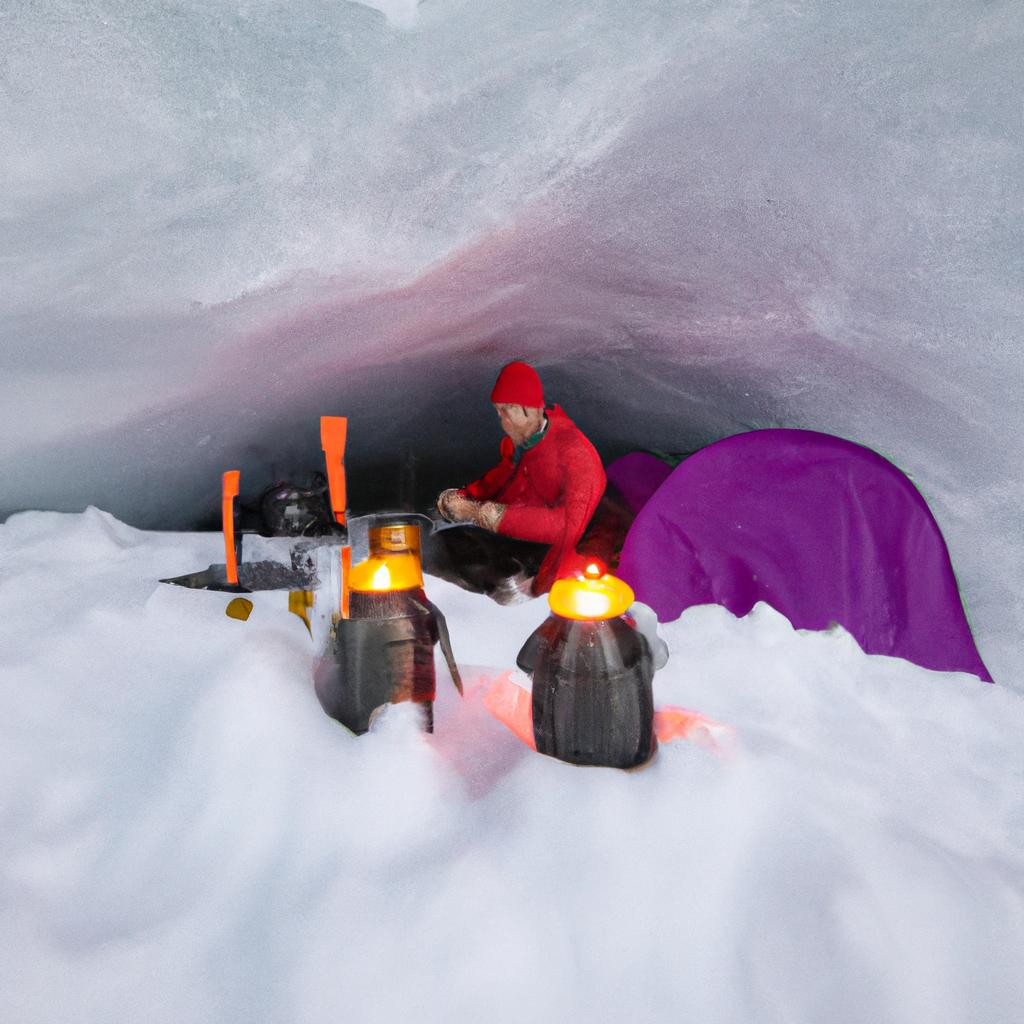
Proper use and maintenance of alpine shelters are critical for their longevity and safety.
Environmental Impact
Improper use of alpine shelters can have a significant impact on the environment. Ensure you choose designated campsites or shelters and avoid damaging vegetation or disturbing wildlife. Additionally, properly dispose of waste and pack out all trash to leave the area in the same condition you found it.
Safety Concerns
Proper use of alpine shelters also impacts your safety. Select shelters that can protect you from the elements and follow safety protocols like correctly staking your tent and avoiding unstable terrain. Additionally, always carry a first aid kit and have basic first aid skills.
Longevity of the Shelter
Proper maintenance of your alpine shelter ensures its longevity. Set up and take down your shelter with care, keep it clean and dry, and store it properly when not in use. Regularly inspect your shelter for any damage or wear and tear, and repair or replace it as needed.
Examples of Alpine Shelters Around the World
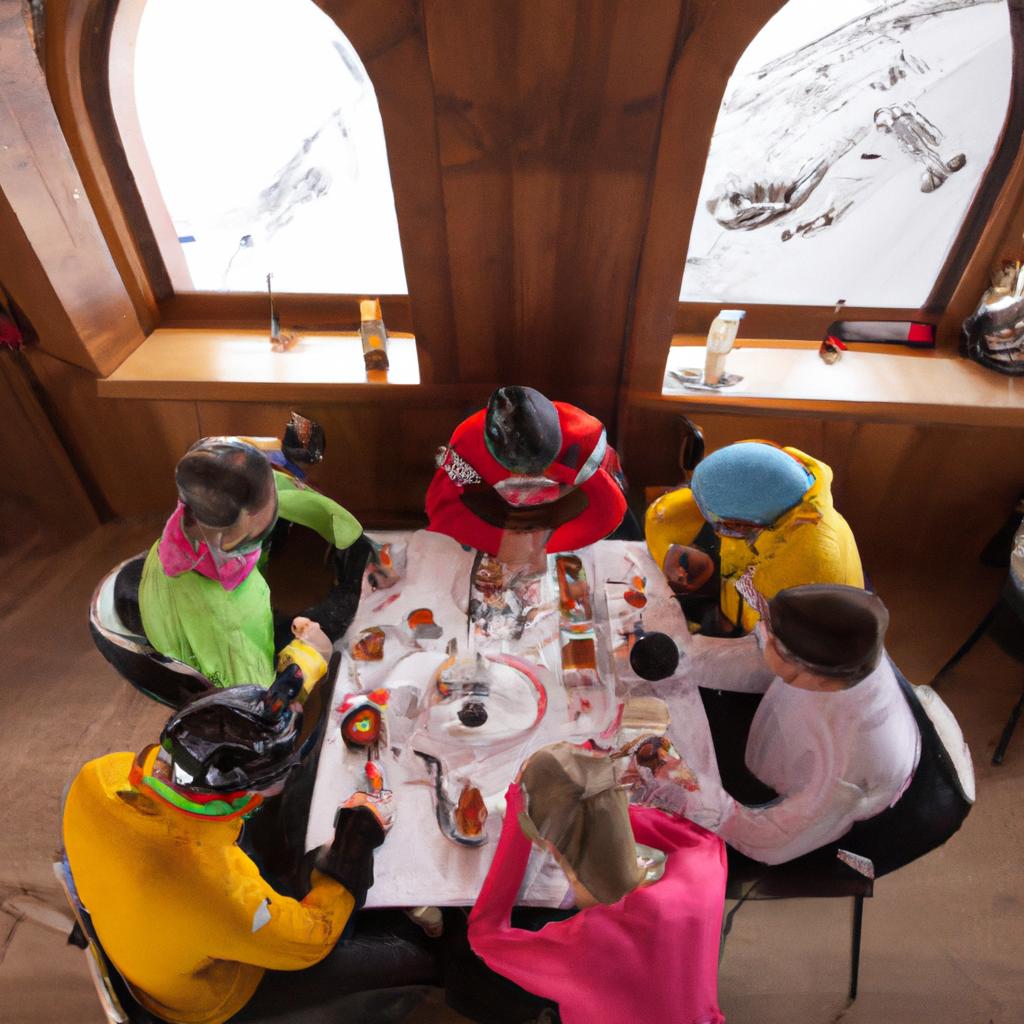
Alpine shelters can be found in mountainous regions worldwide. Here are a few examples:
European Alps
The European Alps house a vast network of alpine shelters. The Swiss Alpine Club operates over 150 huts in the Swiss Alps, while the Italian Alpine Club operates over 200 huts in the Italian Alps. These huts range from basic shelters to full-service lodges with restaurants and hot showers.
Rocky Mountains
The Rocky Mountains in North America boast a wide variety of alpine shelters. The Colorado Mountain Club operates several backcountry huts available to members, while the Alpine Club of Canada has over 20 backcountry huts scattered throughout the Canadian Rockies.
Himalayas
The Himalayas, home to some of the world’s highest peaks, offer a network of alpine shelters for climbers and trekkers. The Nepal Mountaineering Association operates several lodges and huts in the Khumbu region, while the Indian Mountaineering Foundation provides shelters in the Indian Himalayas.
Conclusion
In conclusion, alpine shelters are vital for anyone exploring mountainous regions. They offer a safe and comfortable place to rest and can make the difference between an enjoyable adventure and a dangerous one. When choosing an alpine shelter, consider factors such as location, weather conditions, and group size. Additionally, proper use and maintenance of alpine shelters are crucial to minimizing environmental impact and ensuring the safety of future adventurers.
At TooLacks, we’re committed to providing you with the latest news and information on all things nature, gardening, and animals. We hope this article has been informative and helpful in planning your next alpine adventure. Happy exploring!
